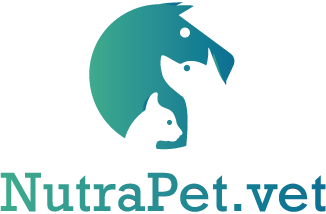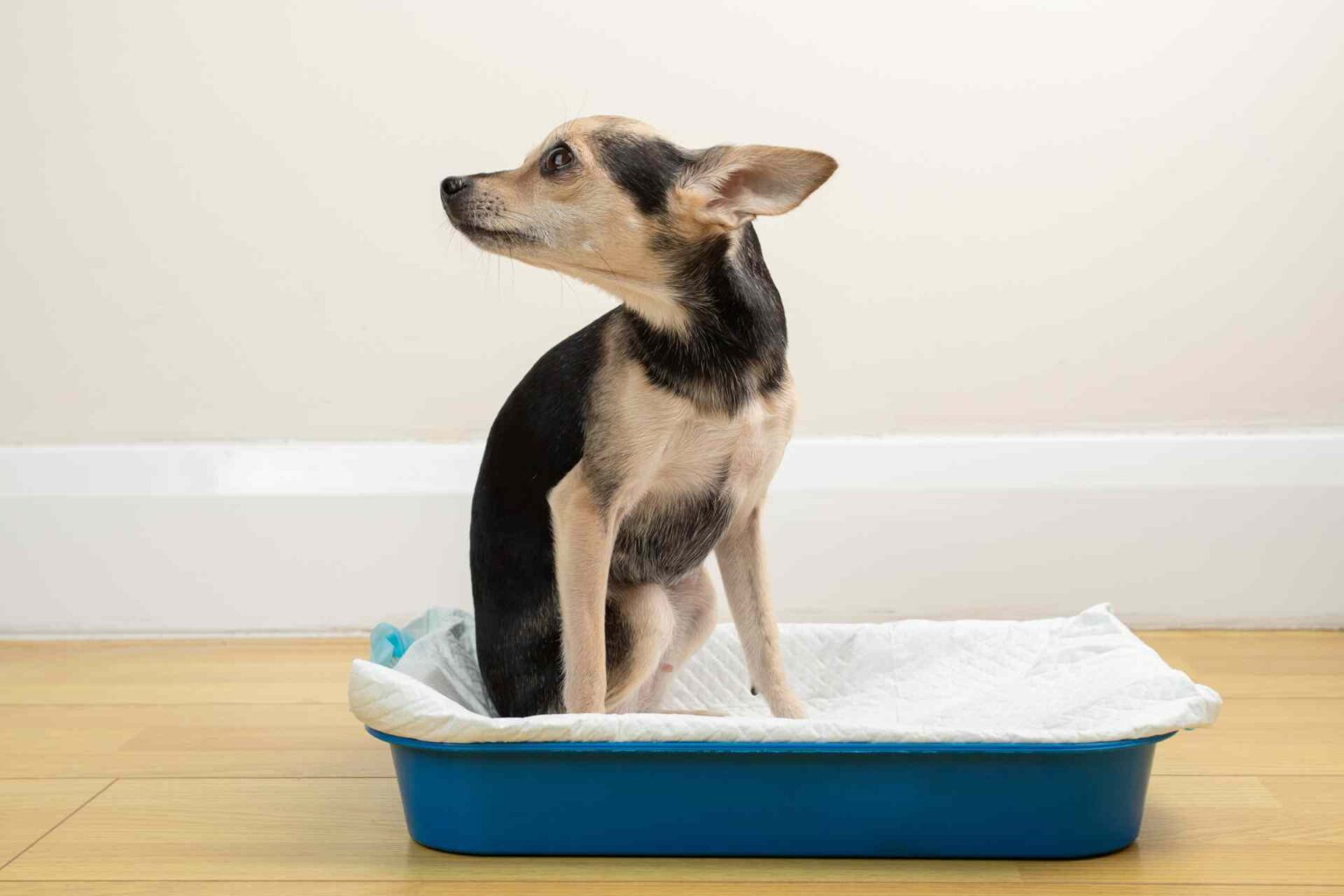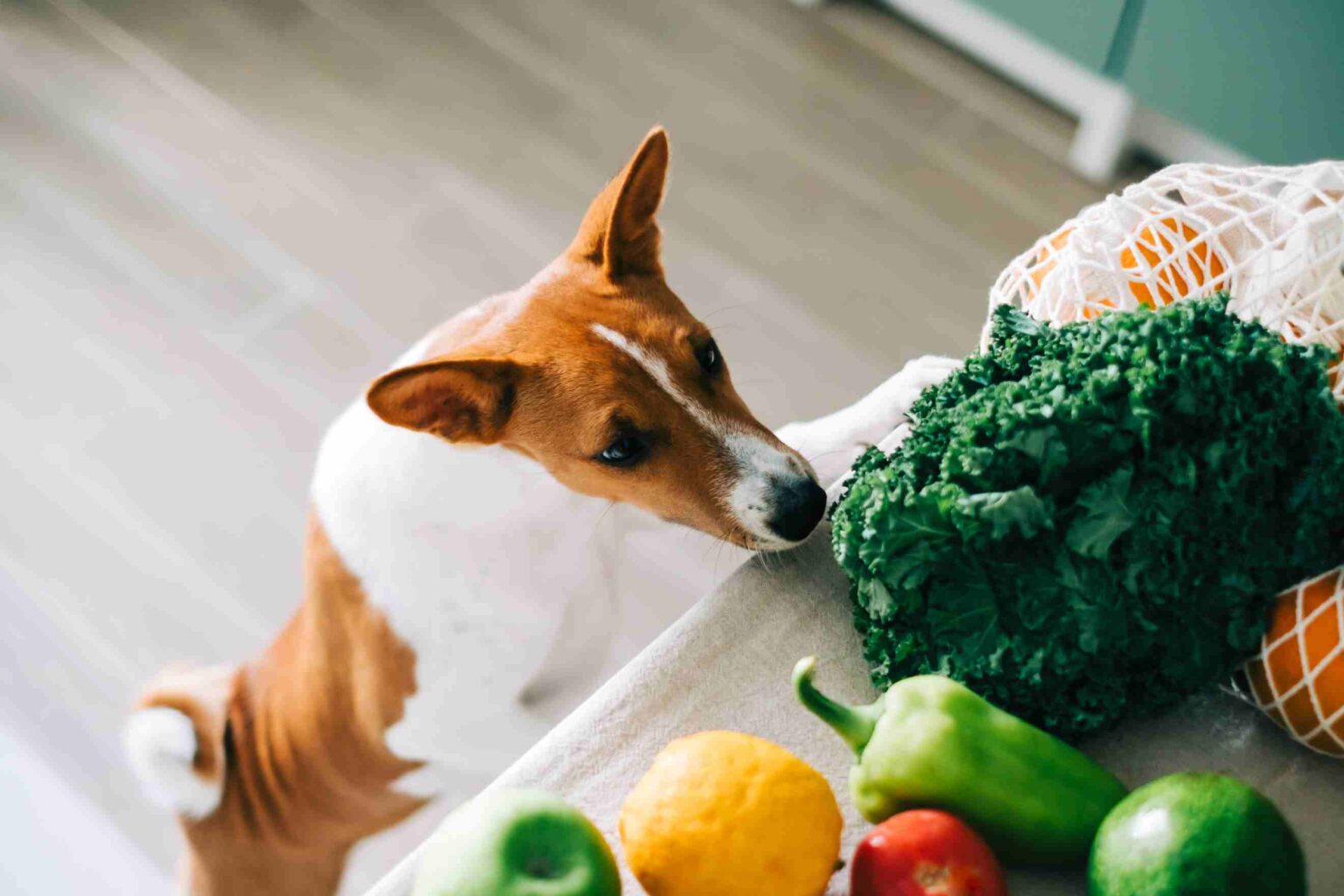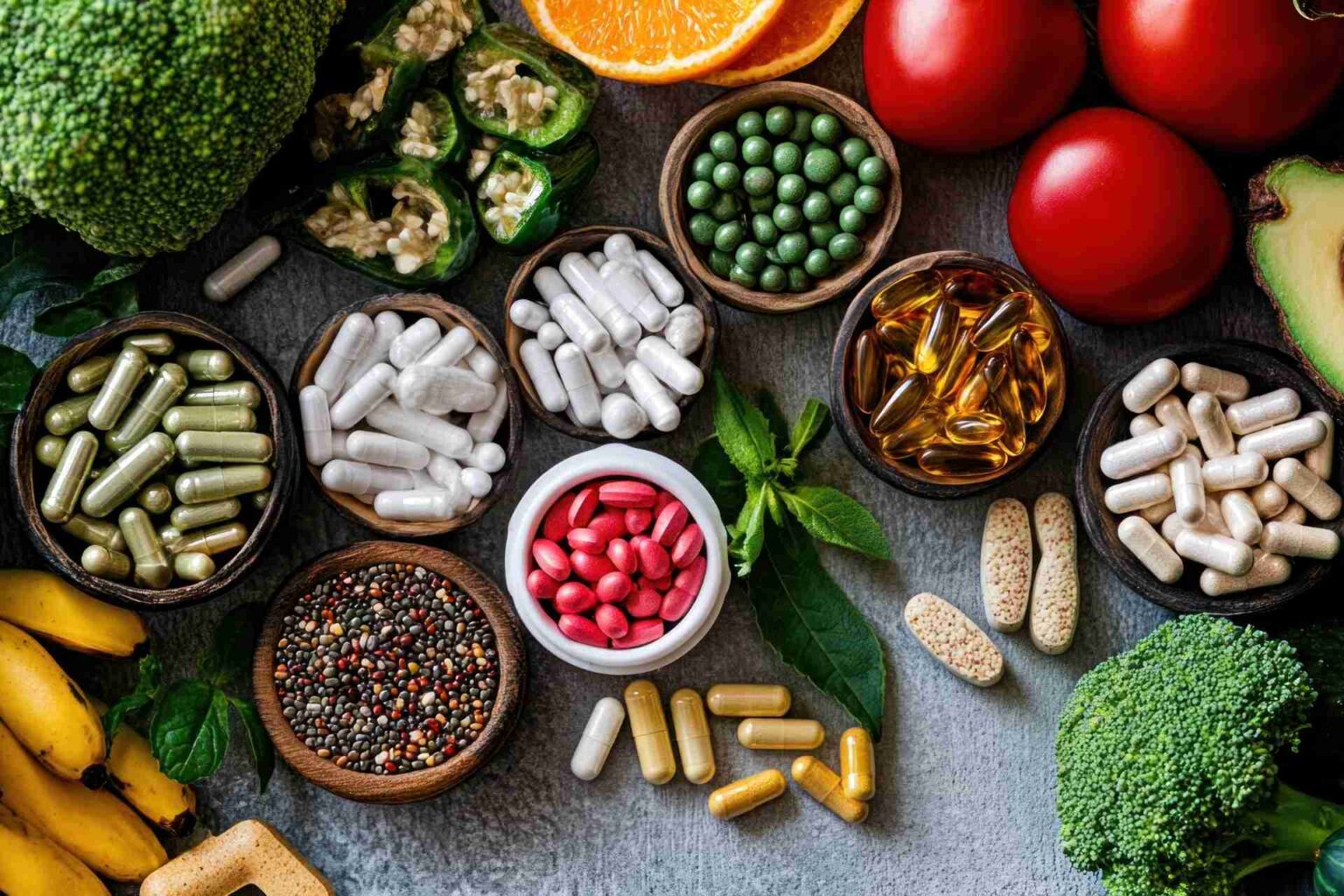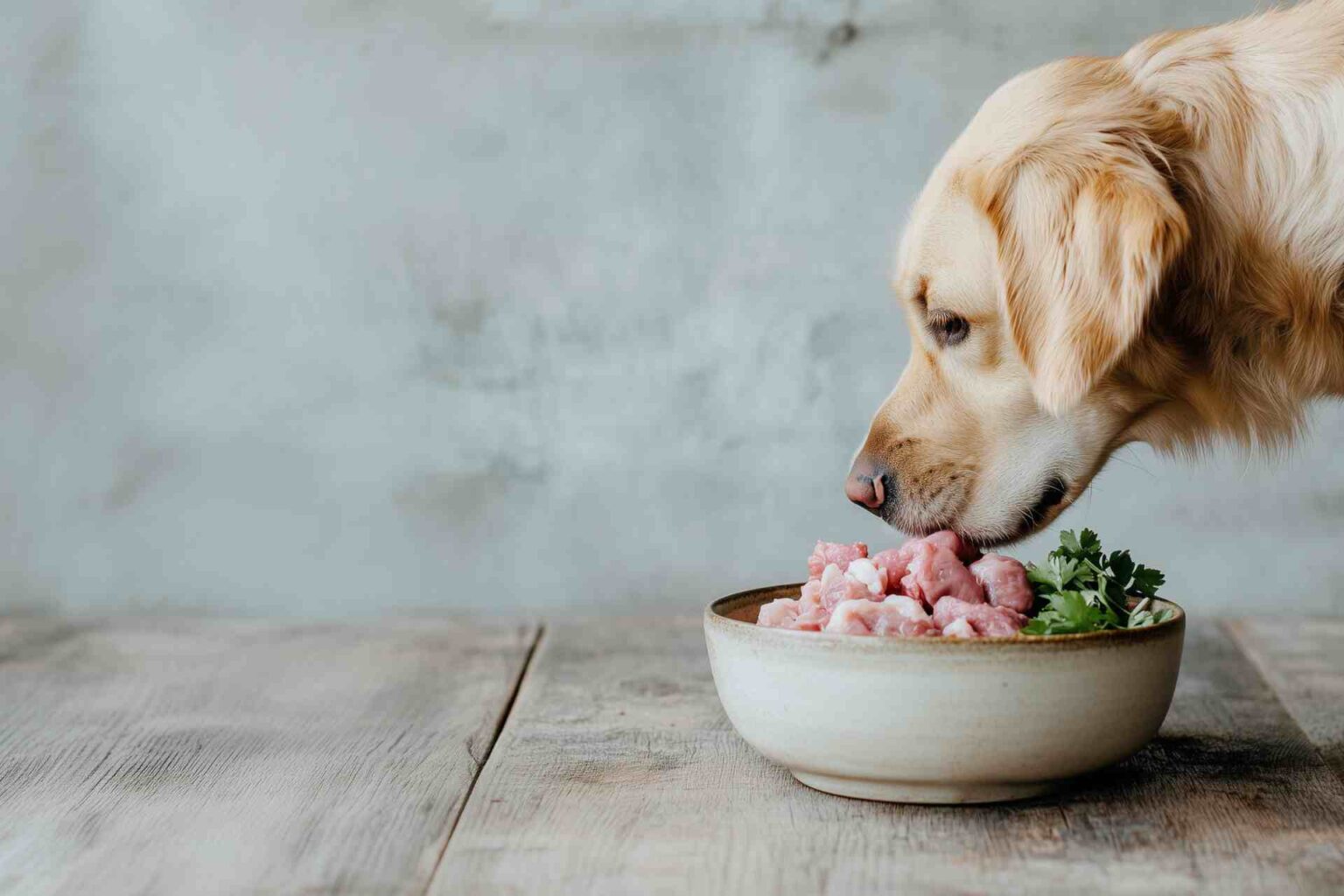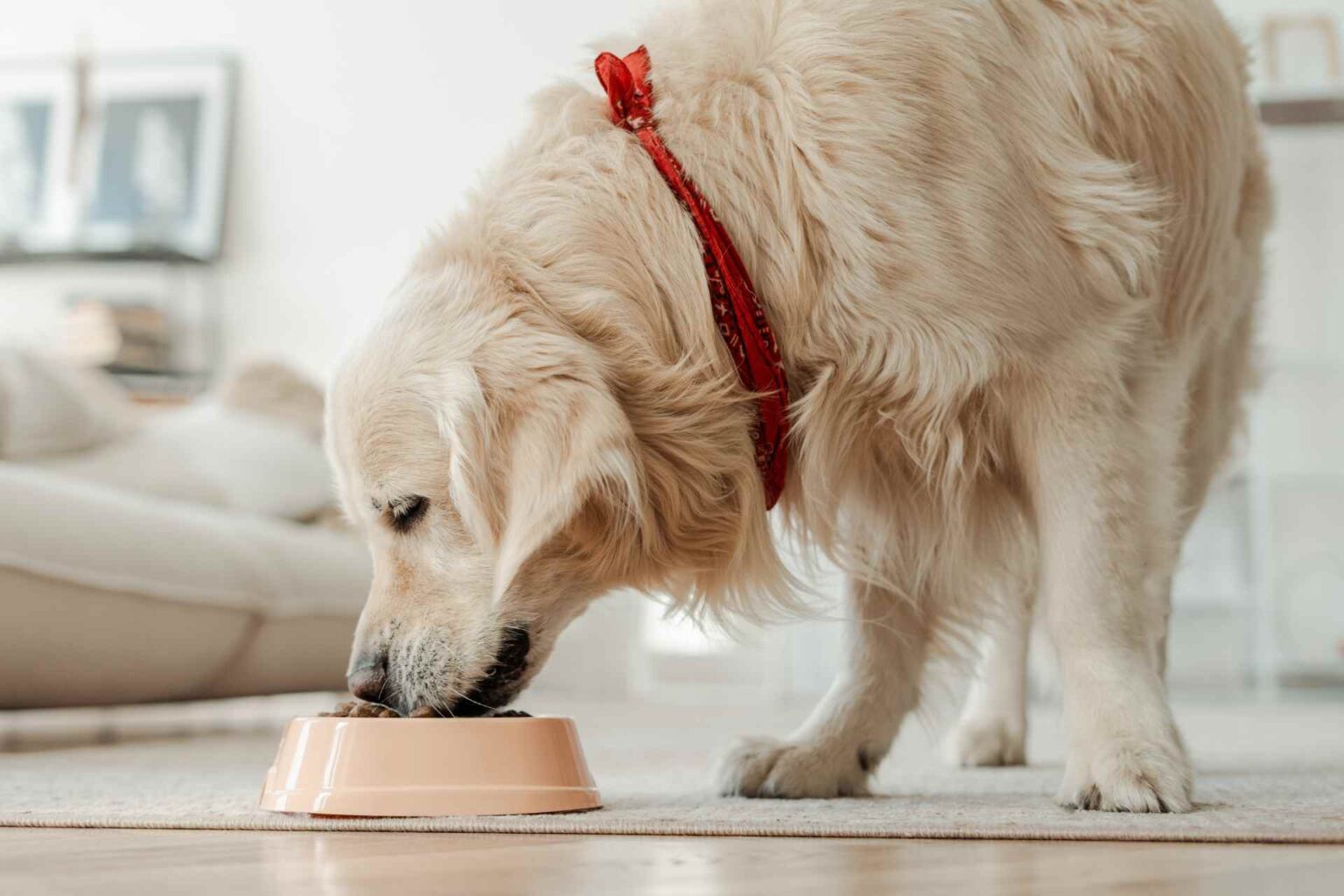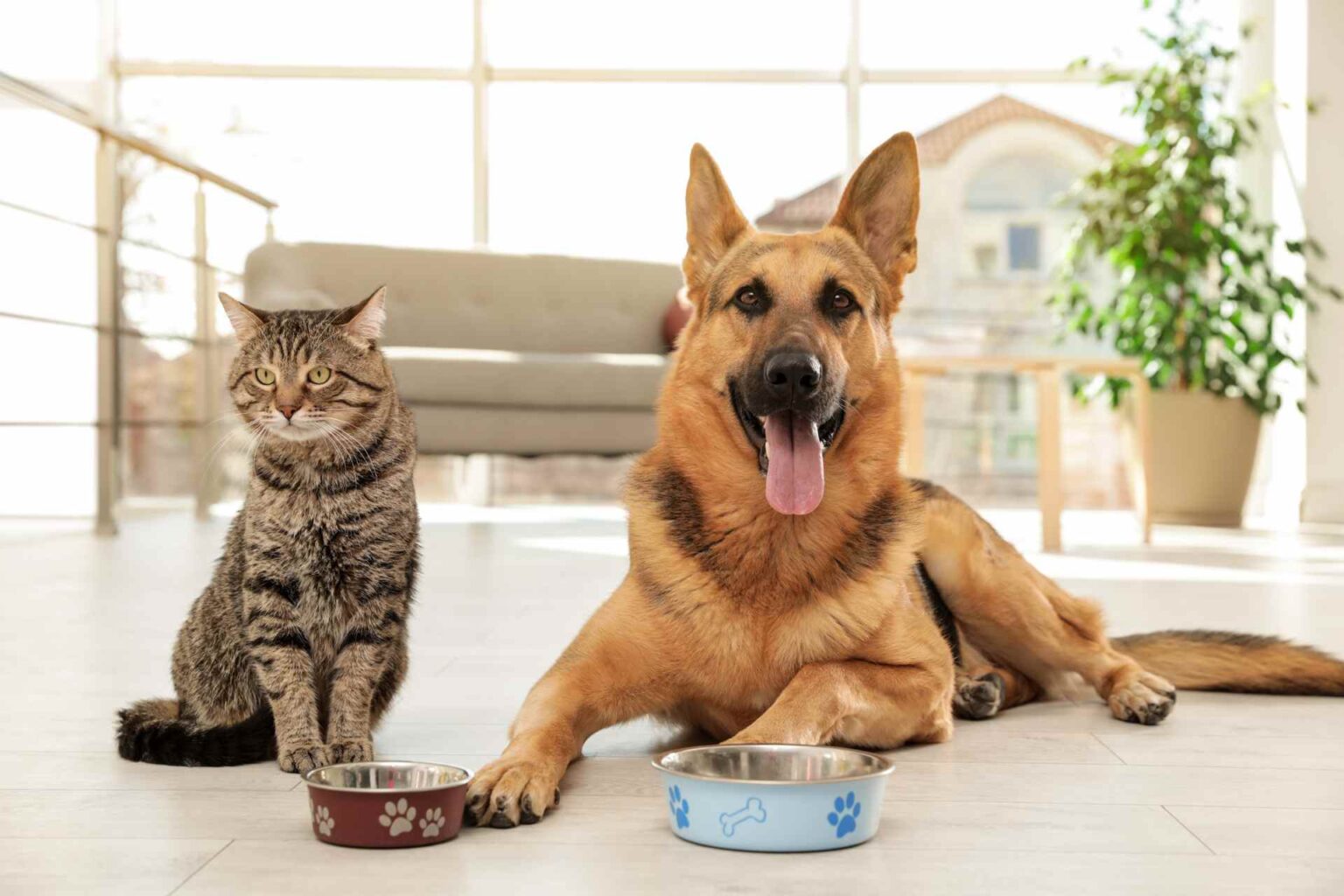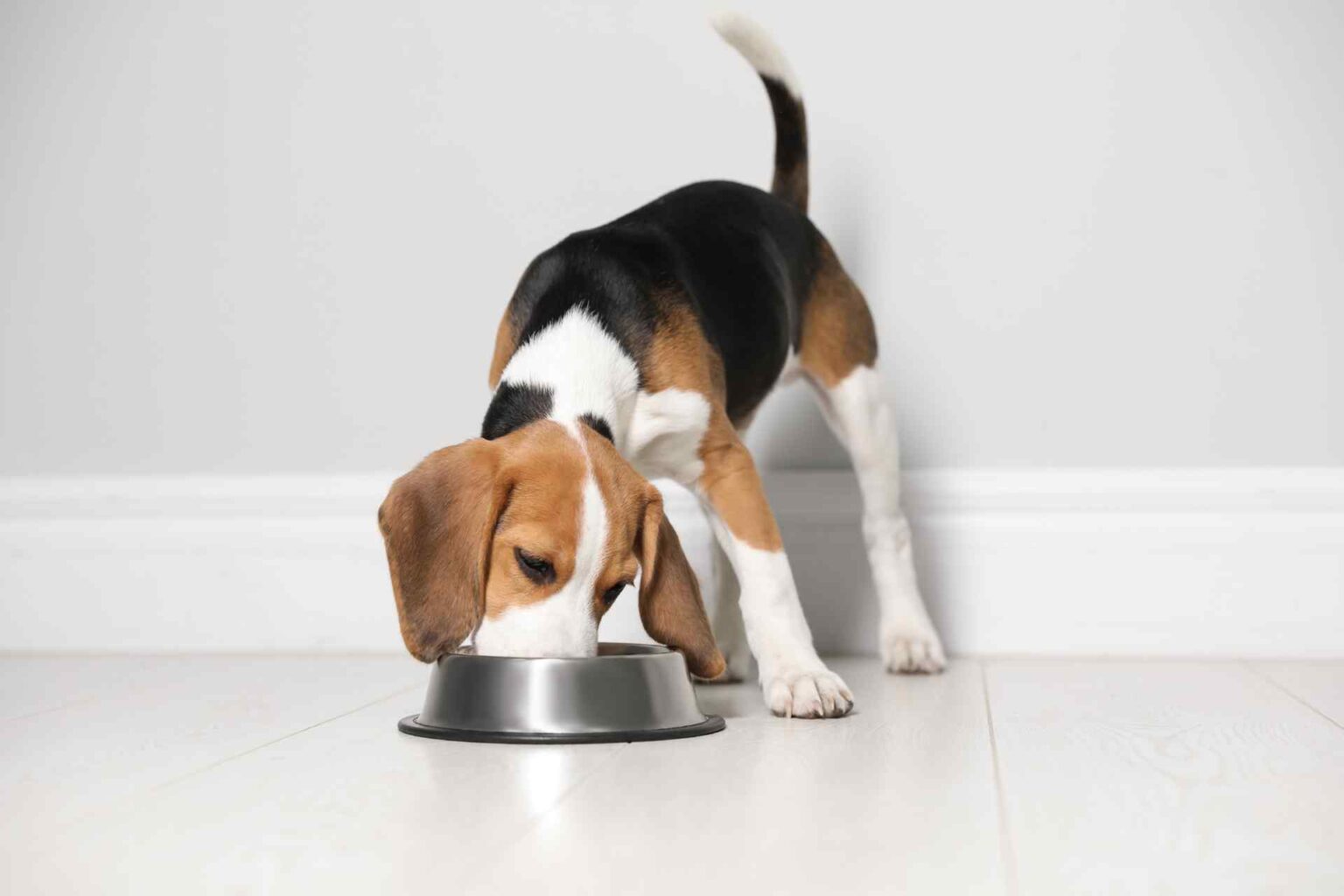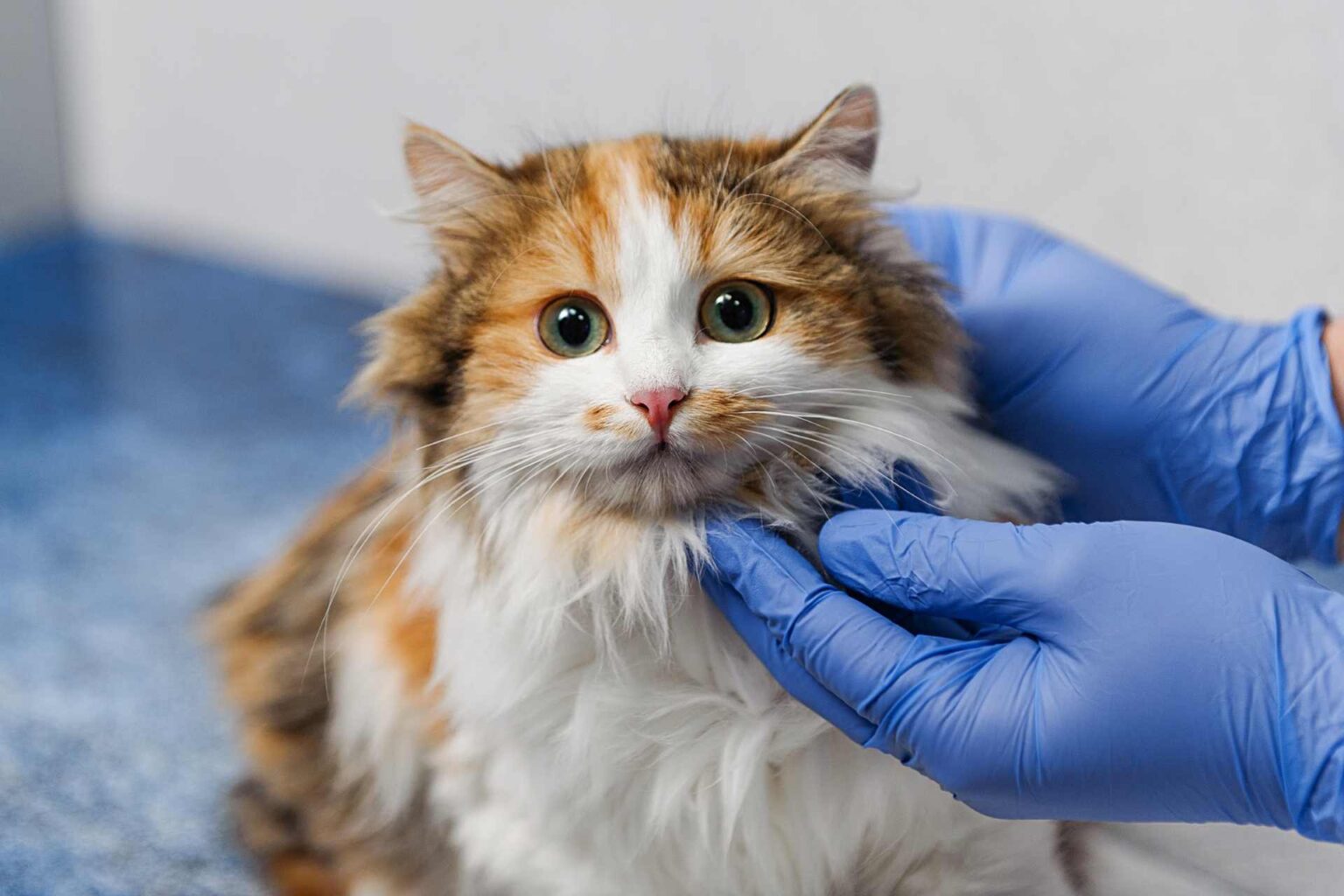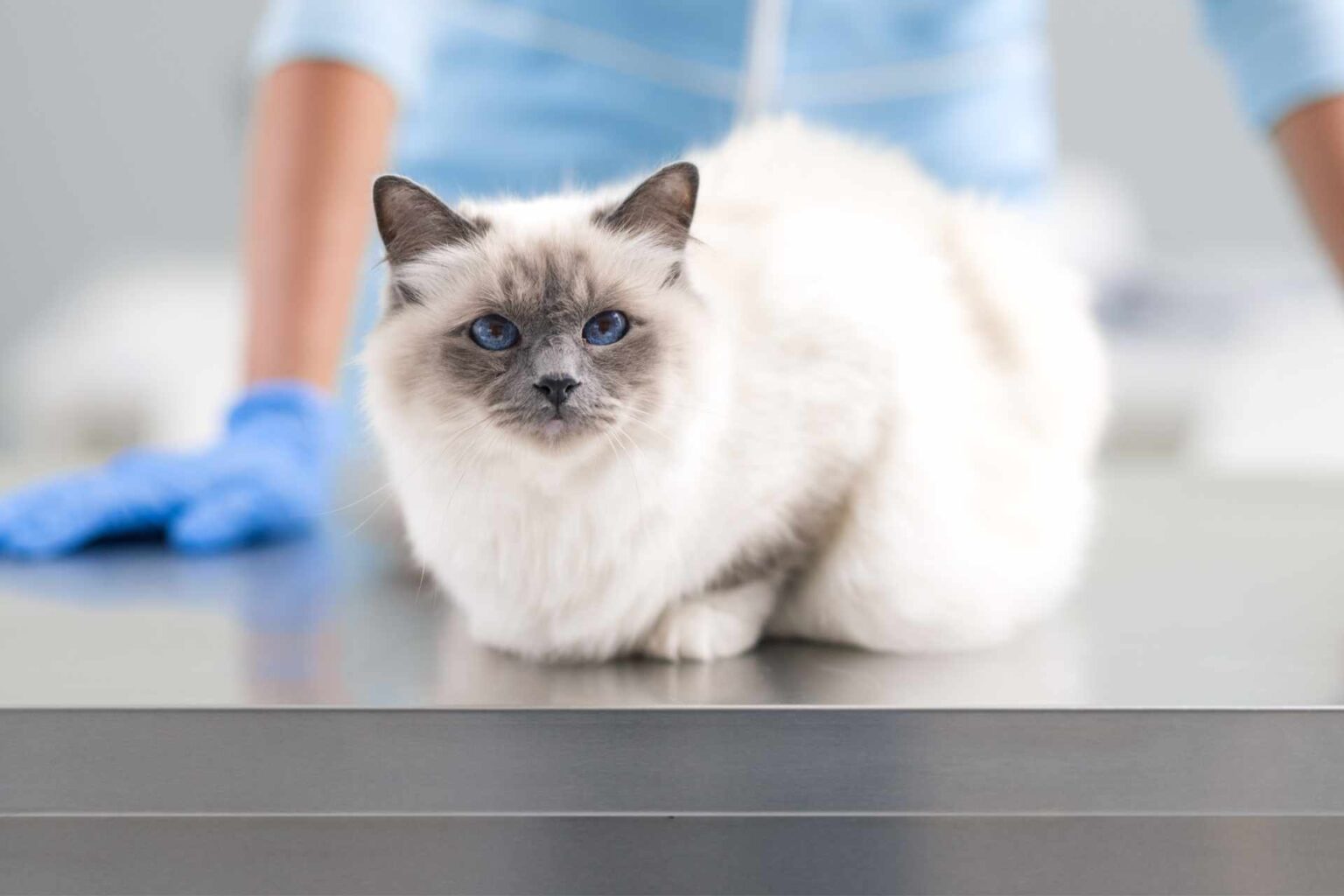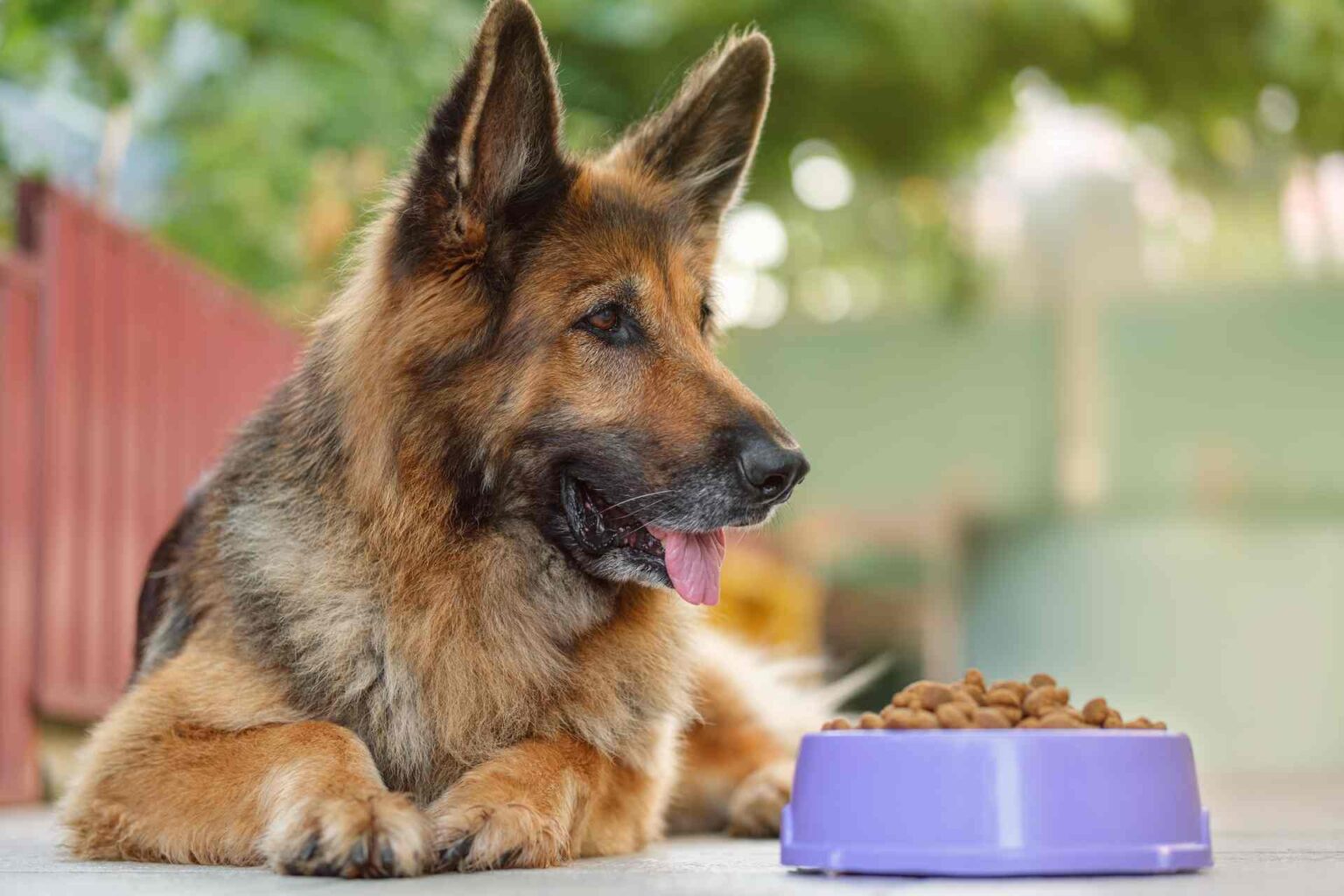Assessment of vitamin status and adequate Vitamin B12 supplementation should always be considered in cats with certain diseases, this was recently stated by an Italian group of researchers at the University of Naples.
Cobalamin
Cobalamin, or the active part of vitamin B12, is a water-soluble molecule that plays a vital role in cell metabolism, particularly contributing to DNA synthesis, methylation, and mitochondrial metabolism.
To be absorbed, cobalamin is bound to a protein called intrinsic factor, and the absorption process takes place in the ileal tract. In cats, vitamin B12 is not synthesized except for a small amount that is produced by intestinal flora.
Despite the crucial importance of cobalamin, there are currently no studies establishing minimum vitamin B12 requirements for weaned cats, adult cats, or lactating cats.
Indeed, in veterinary medicine, information on cobalamin metabolism, requirements, and therapy appears to be scarce and/or incomplete.
Shedding light on current knowledge in cats regarding vitamin B12, including dietary recommendations and assessment of vitamin status, particularly in relation to disease, was a recent review published in Animals.
Hypocobalaminemia
Several diseases of the gastrointestinal system, pancreas, and liver are associated with hypocobalaminemia in cats.
Inflammatory bowel disease (IBD), alimentary lymphoma, pancreatitis, cholangitis/cholangiohepatitis, and exocrine pancreatic insufficiency (EPI) are the most common diseases associated with vitamin B12 deficiency. In particular, IPE can lead to hypocobalaminemia, while dietary lymphoma and chronic intestinal inflammation to reduced nutrient absorption.
It should be kept in mind that elderly cats with intestinal, pancreatic, hepatobiliary disease, or anorexic conditions are at increased risk of cobalamin deficiency, as the serum concentration of this vitamin decreases physiologically with age. Clinical signs closely related to cobalamin deficiency have not been well characterized because hypocobalaminemia is often associated with other conditions such as anorexia, vomiting, diarrhea, and growth disorders.
Hypercobalaminemia
Increased serum cobalamin levels may indicate the presence of liver disease or neoplastic disease.
In cats, the most common neoplasms associated with hypercobalaminemia are lymphoma, pancreatic carcinoma, biliary cystadenoma, and metastatic splenic tumors. However, the reasons behind the correlation between hypercobalaminemia and neoplastic conditions in cats are still not fully understood.
A study by Sisel et al. in 2015 showed that the expression of transcobalamin II and its receptors on the cell surface was significantly higher in tumor tissues than in adjacent normal tissues in both dogs and cats. Although less common, hypercobalaminemia in cats has also been observed in cases of chronic enteropathy, acute enteropathy, chronic pancreatitis, cholangiohepatitis, gastric lymphoma, and hyperthyroidism.
It is important to note that hypercobalaminemia can also be found in cats that have recently received cobalamin supplementation as part of their medical treatment. Therefore, it is essential to carefully evaluate the cat’s complete clinical picture and conduct further diagnostic investigations to determine the underlying cause of hypercobalaminemia and the correct treatment approach.
Recommended nutritional requirements
The recommended nutritional requirements for cobalamin were established through studies conducted on growing cats. Therefore, further studies need to be conducted to confirm whether these nutritional requirements are also adequate for adult, pregnant or lactating cats.
European Pet Food Industry Federation (FEDIAF) guidelines recommend a dietary intake of 4.5 micrograms of cobalamin per 1,000 metabolizable calories for breeding cats and 4.4 micrograms per 1,000 metabolizable calories for adult cats.
Diagnostic biomarkers to assess B12 status in cats include reduced levels of circulating total cobalamin and increased levels of methylmalonic acid. The reference range for serum concentrations of cobalamin in cats is 290-1,500 ng/l, and for serum concentration of methylmalonic acid is 139-897 nmol/l.
Vitamin B12 intake is essentially provided through animal products, such as meat, which make up a significant part of cats’ mandatory carnivorous diet. This makes it unlikely that healthy, well-fed cats will suffer from deficiencies of this vitamin. However, vitamin B12 is thermolabile and can be inactivated during cooking, depending on the temperature and type of food. Consequently, home diets should be supplemented with vitamin B12.
Gut bacterial flora, cobalamin bioavailability, and evolving food sources
Recent developments in understanding the gut microbiota open up new therapeutic possibilities and research horizons.
Some authors believe that it would be interesting to explore the relationships between changes in gut flora, cobalamin bioavailability, and the development of chronic diseases in cats.
Furthermore, while historically the main source of cobalamin in pet foods has been filled by the use of animal products, today cobalamin is available in a synthetic form produced, that is, through microbial fermentation.
Reference
Reference: Siani G, Mercaldo B, Alterisio MC, Di Loria A. Vitamin B12 in Cats: Nutrition, Metabolism, and Disease. Animals. 2023; 13(9):1474. https://doi.org/10.3390/ani13091474
